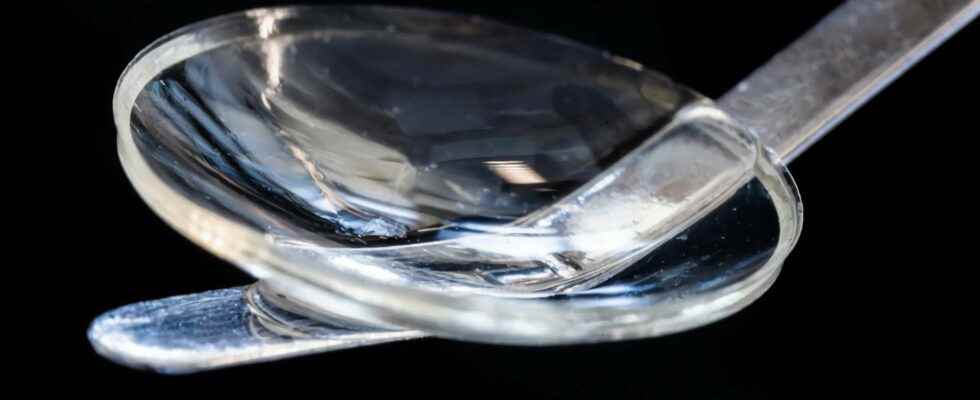You will also be interested
[EN VIDÉO] A genetically modified pig’s heart successfully transplanted into a human In the United States, a terminally ill patient received a one-of-a-kind heart transplant: a humanized pig’s heart. The operation was successfully performed at the University of Maryland Medical Center in Baltimore. © University of Maryland
Our cornea is the screen transparent which covers the front part of theeye and protect the iris and the pupil; it is made up of different types of collagen. Over time, this structure can thin, causing the cornea to bulge outward and distort vision — or keratoconus.
However, the loss of transparency of the cornea is one of the main causes of blindness in the world. Around the world, approximately 12.7 million people are waiting for a cornea transplant and only one person in 70 manages to benefit from it. In particular, the severe shortage of donor corneas weighs heavily on low- and middle-income countries in Asia, Africa and the Middle East.
The researchers of the study published in Nature Biotechnology attempted to work around the problem with the development of a implant made up of proteins of collagen from pig skin, resembling human cornea. Of course, the molecules used have been highly purified and produced under strict conditions for human use.
A new less invasive and safer surgical method
the material of bio-engineering was simply inserted into the recipient’s cornea, without having to remove the cornea. Indeed, you should know that surgeons usually remove the cornea of a patient with advanced stage keratoconus to replace it with a transplant. With this new surgical method, no stitches are necessary; only a small incision allows theinsert of the implant in the existing cornea. The researchers report that the less invasive method is safer than a traditional corneal transplant.
As part of theclinical studysurgeons in India and Iran — where many people suffer from blindness corneal and low vision — tested the implant in twenty subjects blind or about to lose their sight due to advanced keratoconus. During the two years of follow-up, no complications were noted. Researchers note improvements in corneal thickness (average increase of more than 200 micrometers) and visual acuity.
In the end, the eyesight of all the participants improved as much with the artificial cornea that after a transplantation of cornea. While fourteen of the twenty participants were blind before the operation, none were blind after two years. Among them, three of the Indian participants even had visual acuity of 20/20 after the operation.
An implant that meets all clinical criteria
In addition, corneas from pigs allow longer storage duration before use, while those from donors should be used within two weeks. ” The results show that it is possible to develop a biomaterial that meets all the criteria for use as a human implant, which can be produced in mass and stored for up to two years. This allows us to circumvent the problem of scarcity of donated corneal tissue and access other treatments for diseases eyepieces “, explains in a statement Neil Lagali, researcher at Linköping University in Sweden.
Before the implant can be used, a larger clinical study followed by a marketing authorization by the regulatory authorities will however be necessary.
Interested in what you just read?
